Notes
The Backlash Election and the Christopher Morris Videos
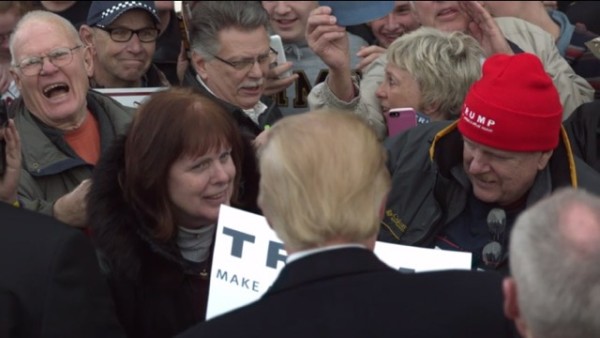
Now that The Donald has vanquished the rest of the GOP field, some reflection is in order. Some of my friends who study and teach visual communication like to talk about this political environment as “post rhetorical” (1, 2). What they mean by that is that pols have largely given up using words or pictures to make real sense, to speak clearly and plainly about real problems and solutions.
Seeing the trend take serious root during the Bush Jr. administration, these scholars see political communication instead serving PR and spin, fantasy-like ideals, posturing and misdirection, and the conduct of the permanent campaign.
If this is true, something especially radical happened in the course of this presidential cycle. What we’ve been seeing is a backlash to the staging, the posturing, the phoniness. And what we’ve further seen are candidates — led by the dark prince of cynicism, himself — attempting to capitalize on it by seeming more unplugged, more angry, and synonymously, more badass.
(If you follow us on Twitter, we are posting several images a day through the month of May detailing how Election 2016 went to the dark side. Or check out the hashtag #2016redux.)
Going back to those Bush years, nobody has done a better job of exposing the contrived nature of the political campaign than photographer Christopher Morris. If you haven’t seen his slo-mo campaign movies this year, he did a series from different campaigns that you can watch here at TIME.
The slow speed (somewhere between the usual video and the usual still), as well as the granularity of the sound, allows us to look and to linger in what might otherwise feel like a voyeuristic way. In the past, the process would have allowed us to further question the legitimacy of these rituals. In this atmosphere of backlash, it confirms these established exercises as caricatures of themselves.
The screenshot captures Trump’s almost hypnotic effect on the 15-20% of the population he has unquestionably seduced. And he’s played it brilliantly turning anger to profit, exploiting the fears and the prejudices of less educated, lower and middle class whites. On one level, the still has a “King of Hearts,” quality to it, Trump as the soldier who frees the inmates from the insane asylum before the planted bombs (representing the ultimate implosion of our political system?) go off. On the other hand, the man in the upper left might be seen as The Donald’s doppelgänger, the mad Oz of the backlash having the last laugh over the GOP presidential contest and the political establishment.
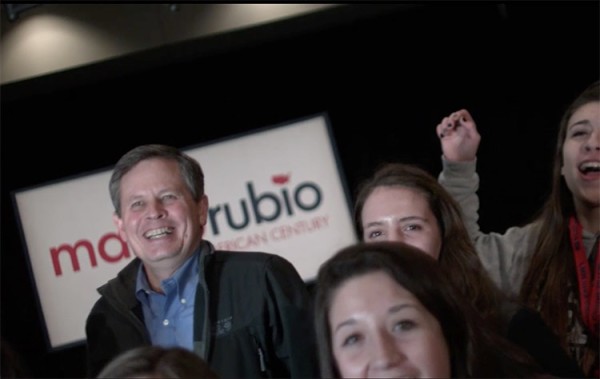
Many of the videos drift over citizens looking effusive, ecstatic almost rapturous. Morris likes to highlight the fervor of rallies and the excitement of the moment as not just bombastic but clearly dissociated from the outcome of the process. Especially this year.
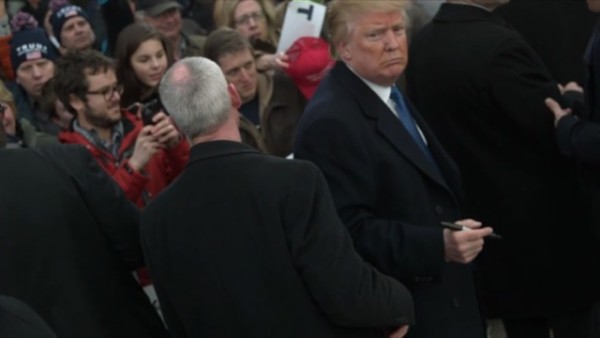
As I mentioned, these videos lay bare what we would otherwise censor. In contrast to Trump’s famous public face (the one constantly acclaimed for disinhibition), we see him, in line with his security posse, momentarily turned away from the fans. With autograph Sharpee in hand, the frozen moment captures the man we would otherwise know him to be — the more opportunistic, the less able to focus, the more paranoid.
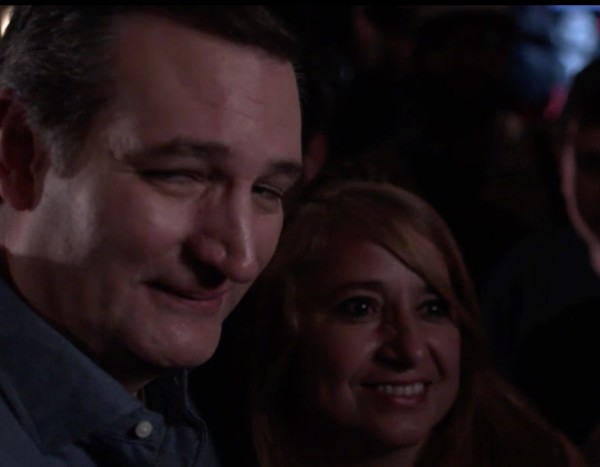
Known for fanaticism, blind obstruction and yes, darkness (and that’s just in Washington), Cruz (or “Lucifer,” as the unburdened John Boehner referred to him) reads smarmy in the effort to humanize himself.
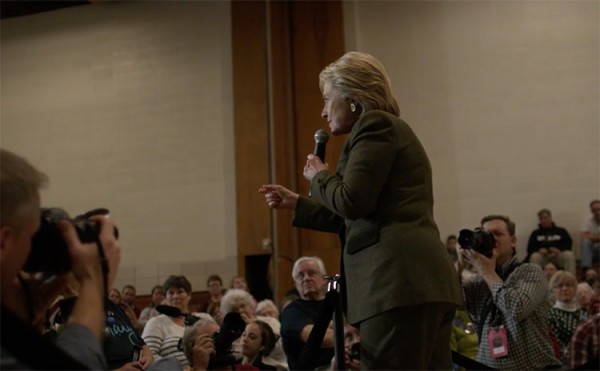
Finally, as Team Hillary began preparing for the latest presidential run, the main emphasis was on her role as a mother and grandmother. The guiding instinct was to soften and humanize. What with the electorate in such a nihilist mood, however, all that maternal business went right out the window. Instead, Clinton has seethed with the best of them.
(screenshots: Christopher Morris: Presidential Candidates 2016 in Slow Motion.)

![There [Won’t] Be Blood: On the Newsweek Tampon Cover](https://www.readingthepictures.org/wp-content/uploads/2016/05/ONE_20160429cover1800-x-2400-600x800.jpg)
Reactions
Comments Powered by Disqus